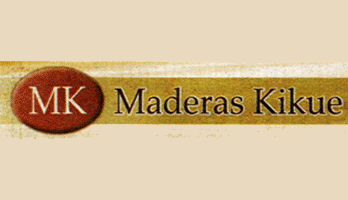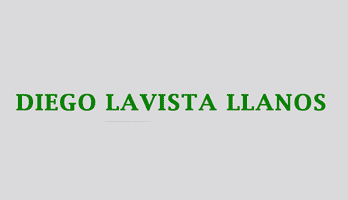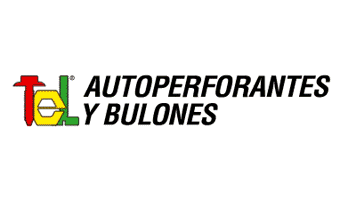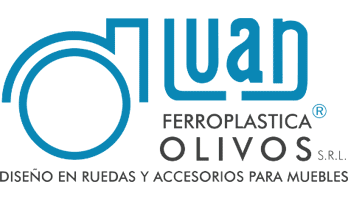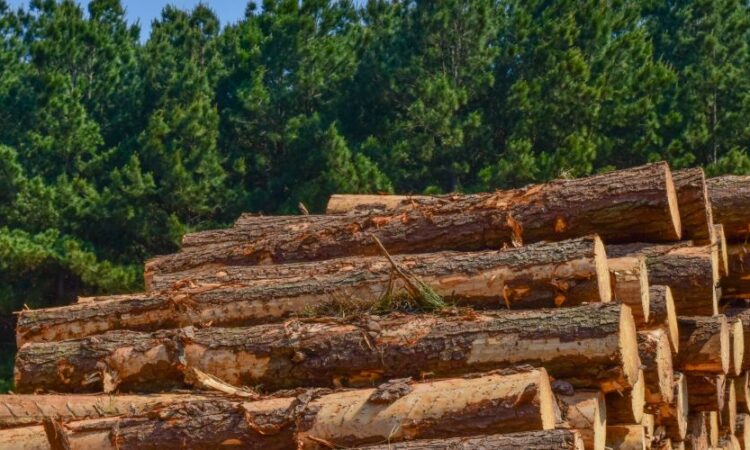
Brazil | Wood is positioned as the third most exported product of the Paraná agro-industrial sector
Wood represents the third export product of Paraná's agribusiness
With a total planted area of more than 1.1 million hectares, it produces, on average, 116.6 cubic meters per day. The State of Paraná is also responsible for approximately 16.5% of jobs in the forestry sector in Brazil.
The wood industry generates employment for more than 100,000 people in the 5,680 companies in the segment in the Paraná region of Brazil, and represents the third export product of agribusiness. It has a total planted area of more than 1.1 million hectares, which produces, on average, 116.6 cubic meters per day.
In order to preserve this heritage, in recent days the Forest Defense Technical Group (GT-Deflo) was created, which brings together public and private entities.
The group's task will be to establish guidelines and actions for the control, monitoring, prevention and eradication of forest pests that may endanger this segment of economic interest to the State.
It was created by Joint Resolution No. 4, by the Secretary of State for Agriculture and Supply (Seab) and the Paraná Agricultural Defense Agency (Adapar).
"Paraná has a very important presence in the world of wood, we plant a lot, cultivate and harvest, to transform it into chips for energy, rough sawn wood that goes to the world, laminations, MDF and MDP boards, paper and cellulose", he highlighted. Secretary Norberto Ortigara.
This great potential needs to be preserved so that we can continue to conquer the world.
With great price appreciation in 2022, forest products showed a real growth of 37% in the Gross Value of Production (VBI), reaching R$ 9.4 billion, according to preliminary data compiled by the Department of Rural Economy (Deral ), from the Seab. Roundwood for paper and cellulose stood out, which doubled its value, reaching R$ 1.8 billion.
The turmoil in the market, both internal and external, for sawmill and rolling mill logs also caused a 40% increase in the VBP of these products, which totaled R$ 5.5 billion. In Paraná, 28.5 million cubic meters of these trunks were extracted.
"These are expressive numbers that demonstrate the need to join efforts to increase the protection and health of the State's forests in the face of the risks that pests can cause to this great wealth," said the president of Adapar, Otamir César Martins.
The State is responsible for more than 55% of the volume of pine wood produced in Brazil and is a leader in the export of plywood, reconstituted panels and pine frames. In the paper sector, it is the second largest exporter.
According to a survey by the Paraná Association of Forestry Companies (Apre), in 2020, the Paraná pulp companies had the largest share of the segment in the country, with 25.5%. Paraná is also responsible for approximately 16.5% of jobs in the forestry sector in Brazil.
In addition to Seab, Adapar and Apre, GT-Deflo includes representatives from the Paraná Rural Development Institute (IDR-Paraná), the Ministry of Agriculture and Livestock, the Paraná Cooperative Organization (Ocepar), the Brazilian Agricultural Research Company (Embrapa ), Paraná Forest Research Foundation (Fupef), Paraná Agriculture Federation (Faep) and Federal University of Paraná (UFPR).

IT MAY INTEREST YOU
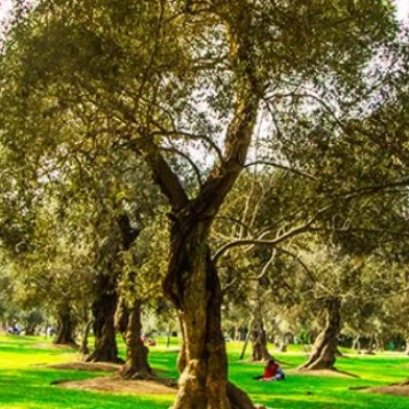 The city in South America that breathes thanks to a thousand olive trees planted in the 17th century
The city in South America that breathes thanks to a thousand olive trees planted in the 17th century
In the heart of South America there is a city that, among the noise and concrete, still breathes thanks to an olive forest
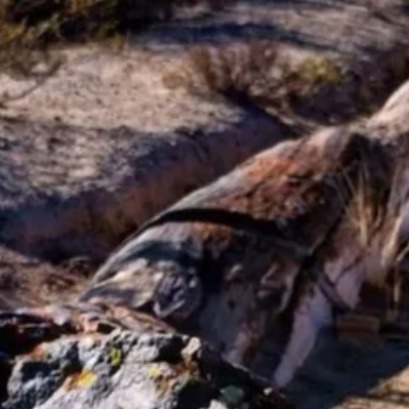 The forest of the oldest shadows: the story of the petrified trees
The forest of the oldest shadows: the story of the petrified trees
One of the natural treasures of Río Negro turns 23 years old under the protection law that allows its conservation. Where it is and how it was formed. Río Negro celebrates 23 years of conservation in the petrified forest as a Protected Natural Area (ANP). It is a space of 625 hectares that protects an exceptional site of fossil trunks that date back more than 60 million years.
 Combilift Unveils the 2025 Christmas video “Twelve Days of Christmas” – with a Twist!
Combilift Unveils the 2025 Christmas video “Twelve Days of Christmas” – with a Twist!
Monaghan, Ireland – November 2025






